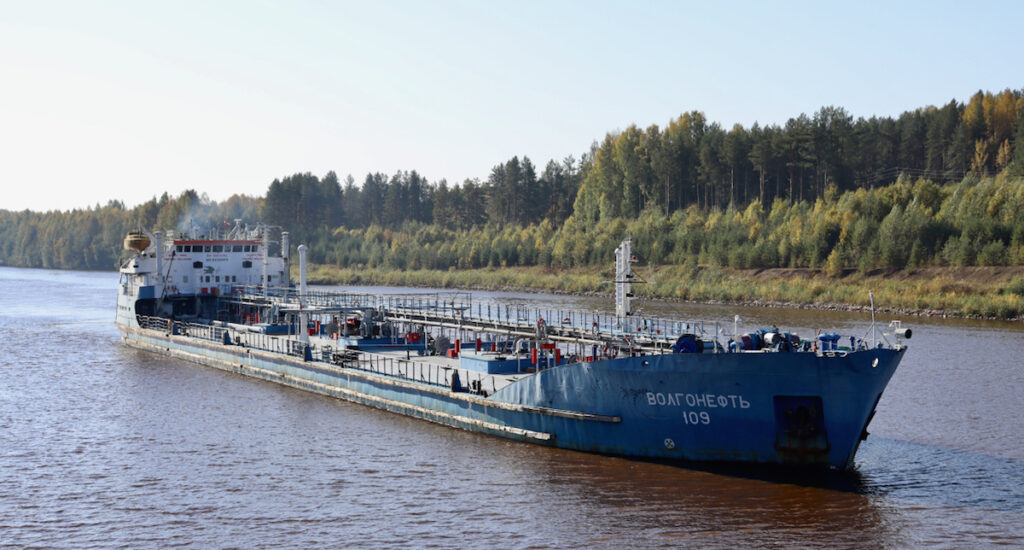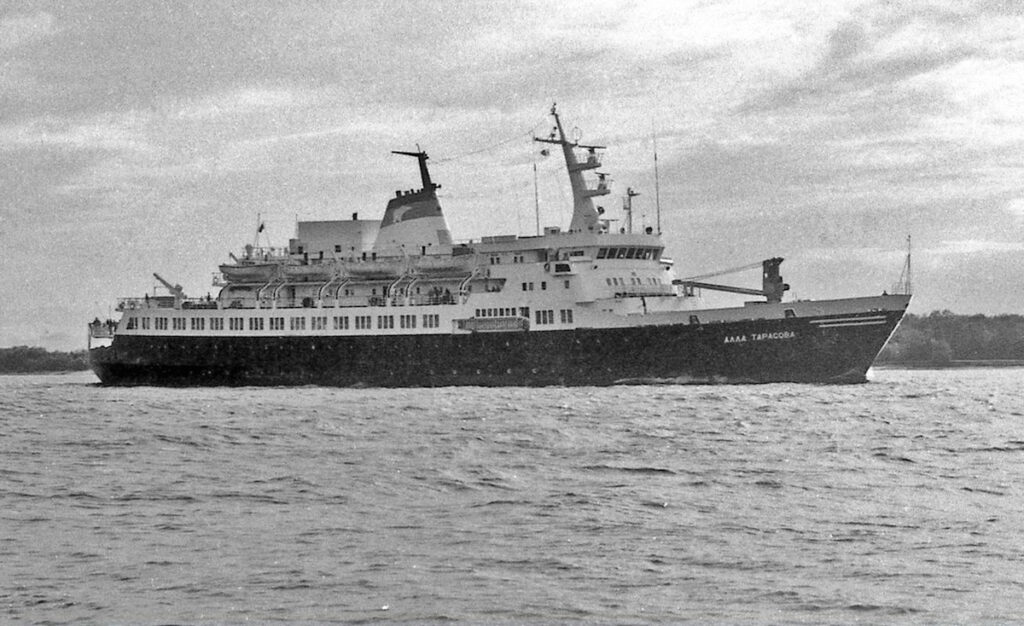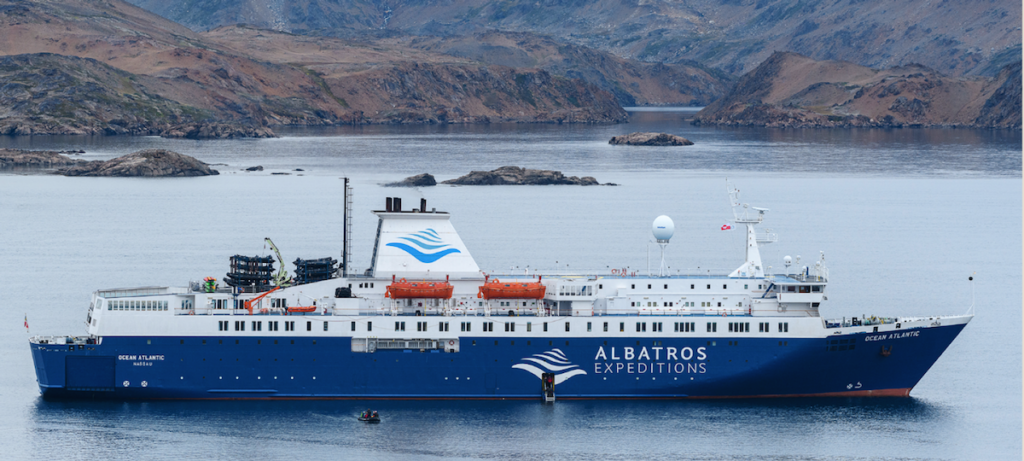The demolition of merchant vessels is almost at a standstill, which does not avoid death in the shipbreaking yards. In Pakistan, two workers were killed in January 2024 while scrapping the Oman-owned and Panama-flagged bulker Catherine Bright. In Bangladesh, six workers were killed during the demolition of the Indian tanker Suvarna Swariya in September 2024.
In these times of war in the Black Sea, in the Red Sea and in the Eastern Mediterranean, cargo ships are all operated until worn to the bone. They may discharge even more dead and pollution in the world ocean than they would have during their scrapping.
The flood of cargo ships on the beaches of the Indian subcontinent and in Chinese shipbreaking yards during the global economic crisis of 2008 and the following years and during the European sovereign debt crisis which started in 2010 squeezed out the world fleet. Shipowners have liquidated many of their ships to get liquidity and to reduce operating costs (crew, fuel, control, maintenance). On land, factories can possibly be cocooned. At anchorage or at berth, a cargo ship without project belongs after three years to the past or to spare part dealers, and after five years to rust or drug and migrant traffickers.
From 2009 to 2017, the annual average number of end-of-life ships was 1,000 and theannual average metal tonnage was over 9 million tons.
In 2022, 2023, 2024, the annual average number of end-of-life ships was 380 and theannual average metal tonnage was 2.6 million tons. It is possible that at the end of this decline, the annual average metal tonnage will fall below the 2 million ton mark in 2025.
In 2012, the virtual length of ships to be scrapped was 239 km, it is of 52 km in 2024.
In 2014, the average age of scrapped ships was 29 years. In 2024, it is 34 years.
The most worrying shortage in shipbreaking yards is that of the tanker category (oil tankers, chemical tankers, gas carriers): 154 demolitions in 2014, 50 in 2024. A tanker that sinks is an ecosystem that dies.
The further trading of merchant vessels concerns all categories, all countries and all shipowners. MSC (Mediterranean Shipping Company) bought 383 second-hand container ships between 2020 and 2024, all old things sometimes nearly thirty years old. The Russian river and sea-going tankers Volgoneft-109, Volgoneft-212 and Volgoneft-239 were caught in a storm in mid-December 2024 in Kerch Strait and dislocated or went aground. They were from 51 to 54 years of age. They were carrying fuel oil between the Russian refineries and the ports of annexed Crimea. They are prohibited to sail at sea in rough weather. The winds were blowing at 85 km/h. One crew, 5,000 seabirds and dozens of porpoises and dolphins paid the ultimate price for the shipwrecks and the oil spills. This extravagance was imposed by the war economy which is ruling in the Black Sea and in the Azov Sea. The Volgoneft-109, Volgoneft-212 and Volgoneft-239 should have been scrapped about 15 years ago.
 Volgoneft 109 © Alexandre Zotov-Fleetphoto.ru
Volgoneft 109 © Alexandre Zotov-Fleetphoto.ru
In 2024, India and Bangladesh remain leaders on a shipbreaking market in withdrawal, ahead of Türkiye, Pakistan and Denmark. It has to be noted that China is absent from this ranking list. In 2014, it was in 3rd position with Pakistan, but today sends most of its ships to be scrapped in Bangladesh and besides in India and Pakistan.
The ghost fleet of the port of Caen, Normandy
Caen serves as a port of refuge for old polar expedition ships whose bankrupt owners are looking for profits at all costs by selling them to other cruise companies for further operation. The Ocean Adventurer is for sale for about 10 million US$ (cf. “Shipbreaking” #72, p. 92). She is currently owned by Portugal-registered Adventurer Partners Unipessoal care of Sunstone Ships Inc of Miami (Florida, USA). She is the sistership of the Lyubov Orlova, the mythical ghost ship that left Saint John’s (Canada) under tow of tug Charlene Hunt on January 23, 2013, bound for a shipbreaking yard of Santo Domingo. The Lyubov Orlova broke her towline and went sailing solo through the Atlantic Ocean. She never reached her destination. Read on this issue “Shipbreaking” # 31 p. 5-6.
 Alla Tarasova. © Pyotr Veselov
Alla Tarasova. © Pyotr Veselov
The ex-Alla Tarasova was joined at the port of Caen by the Ocean Atlantic, ex-SC Atlantic, ex-Rus, ex-Konstantin Chernenko, also a polar expedition veteran. Like the Ocean Adventurer, she deserves shipbreaking as soon as possible. She is full of asbestos and no longer complies with the safety and pollution prevention requirements in Arctic and Antarctica. She is also for sale for about 10 million US$. She is currently owned by Portugal-registered Atlantic Partners also care of Sunstone Ships Inc.
 Imprimer cet article
Imprimer cet article










